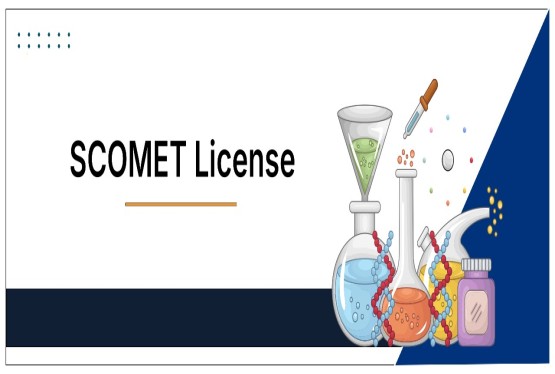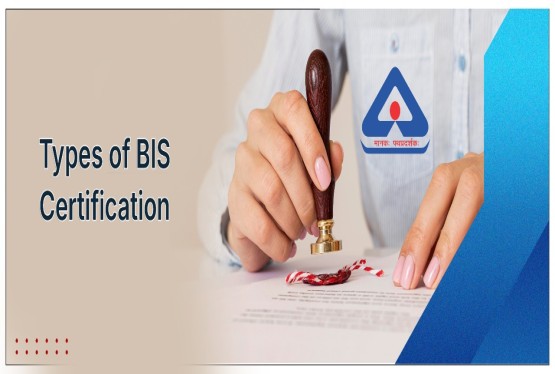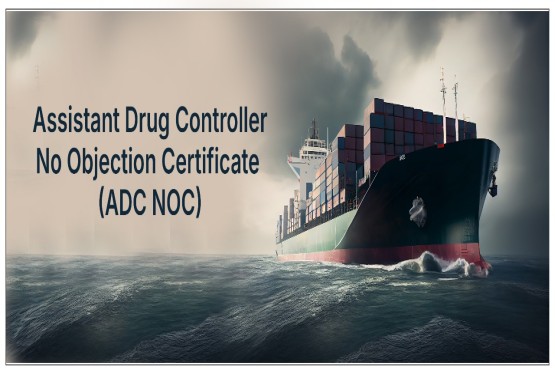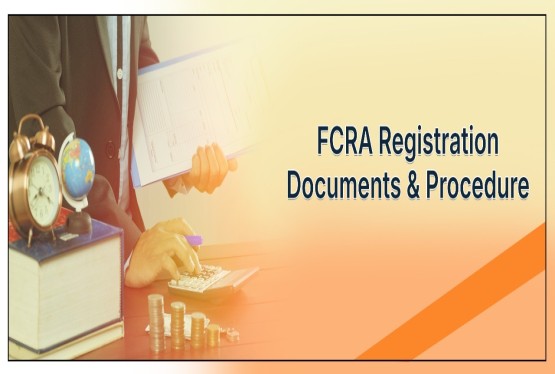In India, ensuring the safety and quality of household electrical goods is a priority. To maintain standards and protect consumers, the government has mandated the use of BIS ISI Certification for Household Electrical Goods. This certification signifies that a product is reliable, safe, and manufactured according to prescribed Indian standards. BIS ISI Certification is not just a quality stamp; it assures the customer about the product's safety and performance. Let us understand in detail what this certification means, the process involved, and why it is necessary.
What are Household Electrical Goods?
Household electrical goods are devices or appliances primarily designed for everyday home use. However, their application can extend to shops, small industries, farms, and similar places. Despite their widespread use, these goods can pose risks if not properly manufactured. Therefore, regulating their production with BIS Certification for Household Electrical Goods is important to ensure they are safe for public use.
Household electrical goods include items like electric irons, room heaters, immersion water heaters, electric stoves, switches, cables, lamps, and circuit breakers. The purpose of certifying them under BIS ISI Certification is to control hazards like electric shocks, fire, and operational failures, making everyday life safer.
List of Household Electrical Goods Requiring BIS ISI Certification
The Bureau of Indian Standards has identified specific products that must have BIS ISI Certification for Household Electrical Goods. Below is the list:
-
Residual Current Operated Circuit Breaker (RCCBs) - As per IS 12640 (Part 1), these are crucial for protection against electric shock.
-
Residual Current Operated Circuit Breakers with Overcurrent Protection (RCVOs) - IS 12640 (Part 2) ensures enhanced protection by combining shock and overcurrent safeguards.
-
AC Watt-hour Meters - Under IS 13010, these meters measure electricity consumption accurately.
-
AC Static Transformer Operated Watt-hour & VAR-hour Meters - Covered under IS 14697, essential for precise measurement in modern homes.
-
AC Static Watt-hour Meters - As per IS 13779, they are essential for household electricity billing.
-
Electric Irons - Safety standards for irons are covered under IS 302 (Part 2/Sec 3) to prevent burns and shocks.
-
Self-Ballasted Lamps - IS 15111 (Part 1 & 2) ensures both safety and performance of everyday lighting products.
-
Electric Immersion Water Heaters - Safety norms are governed by IS 302 (Part 2/Sec 201) to prevent overheating and accidents.
-
Electric Stoves - Governed under IS 302 (Part 2/Sec 202), ensuring safe cooking appliances.
-
Room Heaters - IS 302 (Part 2/Sec 30) regulates safe use during winters.
-
Tungsten Filament Lamps - Covered under IS 418, ensuring safe illumination.
-
Switches for Domestic Use - IS 3854 ensures safety in daily switching operations.
-
Circuit Breakers for Overcurrent Protection - Regulated by IS/IEC 60898-1:2002 to prevent electrical fires.
-
PVC Insulated Cables - As per IS 694, crucial for safe electricity transmission in households.
-
Elastomer Insulated Cables - Under IS 9968 (Part 1), used where flexibility and safety are required.
Each of these products must have BIS Certification for Household Electrical Goods before being sold to consumers in India.
Key Points to Know About BIS ISI Certification for Household Electrical Goods
It is important to know some essential facts about BIS Certification for Household Electrical Goods:
-
Continuous Monitoring: BIS officials regularly monitor and inspect the manufacturers to ensure that certified products consistently meet required standards.
-
Grievance Redressal: If any customer or third party finds the product substandard or unsafe, they have the right to lodge a complaint with BIS. This ensures accountability.
-
Mandatory Marking: Sellers must display the BIS ISI Mark on the product and its packaging. This helps buyers quickly identify certified goods.
-
Complaint Investigation Timeline: BIS typically takes about three months to fully inspect and investigate a complaint regarding a certified product. This shows their commitment to consumer protection.
Advantages of BIS ISI Certification for Household Electrical Goods
BIS Certification for Household Electrical Goods offers numerous advantages both to manufacturers and customers:
-
Assurance of Quality: A BIS-certified product gives the consumer assurance that the item is safe, efficient, and reliable.
-
Boosts Standardization and Safety: It promotes quality control measures during manufacturing, ensuring safety for end-users.
-
Longer Product Life: Certified products tend to have better performance, durability, and require less frequent repairs or replacements.
-
Business Benefits: Manufacturers experience fewer returns and complaints, reducing business losses and enhancing brand reputation.
-
Customer Protection: If the certified product does not meet the promised standards, manufacturers are bound to replace the product, providing additional assurance to consumers.
Documents Required to Obtain BIS ISI Certification for Household Electrical Goods
Applying for BIS Certification for Household Electrical Goods requires a thorough documentation process, including:
-
Factory Address Proof: Complete proof of the registered manufacturing address.
-
Product Information: Detailed information about the household electrical goods manufactured and tested.
-
Test Reports: Copies of product sample test reports issued by BIS-certified laboratories.
-
Product Drawings: Detailed design and construction drawings of the product.
-
Factory Layout: A layout plan of the manufacturing premises indicating machinery and processes.
-
Manufacturing Flow Chart: Step-by-step flow chart illustrating the entire manufacturing process.
-
Utility Bills: Recent electricity or mobile bills to validate the operational status of the manufacturing unit.
-
Machinery Details: List of installed machinery with their technical specifications.
-
Raw Material Information: Details about the materials used in the manufacturing process.
-
Packaging Details: Information about the product's packaging methods, materials, and storage facilities.
-
Quality Staff Details: Names and qualifications of personnel involved in quality control.
-
Trademark Registration Certificate: If the manufacturer owns a trademark, a copy of its registration certificate.
Proper documentation is essential as it helps BIS officials quickly verify the authenticity and capability of the manufacturer.
Procedure to Obtain BIS ISI Certification for Household Electrical Goods
The process of obtaining BIS Certification for Household Electrical Goods involves the following steps:
Step 1: Select the Product Standard Code
The applicant must first identify the applicable Indian Standard (IS) code that relates to their product. This ensures that the certification process is accurate and according to the correct guidelines.
Step 2: Application Submission
After selecting the standard code, the applicant must fill out the Application Form V and submit it along with the prescribed application fee. The application should be complete with all required details and documents.
Step 3: Factory Inspection
Once the application is received, BIS officials conduct a thorough inspection of the manufacturing premises. They verify the production process, machinery, quality control measures, and the capacity of the manufacturing unit.
Step 4: Product Testing
During the inspection, the BIS officer will select random product samples and send them for testing to a BIS-recognized laboratory. Testing is done to check whether the products meet the prescribed standards.
Step 5: Test Report Submission
Once the product sample testing is complete, the applicant must collect the test report and submit it to BIS along with any other documents if requested.
Step 6: Issuance of BIS ISI Certification
After the BIS is satisfied with the inspection, test reports, and documents, it will issue the BIS ISI Certification for Household Electrical Goods. The entire process usually takes around 30 days from the date of complete application submission.
The BIS ISI Mark remains valid for one year and needs to be renewed annually. Renewal requires submission of an application duly verified by a practicing Chartered Accountant.
Penalty for Misuse of BIS ISI Mark
If any manufacturer misuses the BIS ISI Mark without proper authorization, it is treated as a serious offense. Under the law, misuse can attract severe penalties:
The violation of Section 17 of BIS Act 2016 is punishable with imprisonment up to two years or a fine of minimum Rs. 2,00,000 or both as per BIS Act 2016.
These penalties ensure that the BIS Certification for Household Electrical Goods maintains its credibility and that only genuinely certified products bear the prestigious ISI mark.
Conclusion
BIS ISI Certification for Household Electrical Goods is more than just a regulatory requirement; it is a commitment to consumer safety, product reliability, and manufacturing excellence. Every manufacturer of electrical appliances meant for household use must obtain this certification before selling their products in the Indian market. The certification process is thorough but necessary to build customer trust and establish market credibility. BIS Certification for Household Electrical Goods ensures that consumers get safe, durable, and high-performance products while pushing manufacturers towards better quality control, innovation, and compliance. Obtaining a BIS ISI Mark is thus a win-win for both manufacturers and consumers, creating a safer and more reliable marketplace in India.
If you need any assistance in obtaining BIS Certification, then you can connect with our experts through mail info@ccoffice.in or Call/Whatsapp at +91 9988424211.
FAQs
Q1. What is BIS ISI Certification for Household Electrical Goods?
Ans. BIS ISI Certification for Household Electrical Goods is a mandatory quality and safety certification provided by the Bureau of Indian Standards (BIS) for electrical products used in households. It ensures that the product complies with Indian safety standards and protects consumers from electrical hazards.
Q2. Why is BIS Certification for Household Electrical Goods necessary?
Ans. BIS Certification for Household Electrical Goods is necessary because it guarantees that the electrical products meet strict quality and safety standards. This certification protects users from risks like electric shocks, short circuits, and fire accidents, ensuring safe daily usage.
Q3. Which household electrical products need BIS ISI Certification?
Ans. Several household electrical goods require BIS ISI Certification, such as electric irons, immersion water heaters, room heaters, electric stoves, circuit breakers, switches, PVC cables, watt-hour meters, and tungsten filament lamps. Each of these products must meet specified Indian Standards.
Q4. How long does it take to get BIS ISI Certification for Household Electrical Goods?
Ans. The BIS ISI Certification process for Household Electrical Goods typically takes around 30 days from the date of complete application submission. However, this timeline can vary based on the inspection schedule, sample testing results, and document verification.
Q5. What documents are required for BIS Certification of Household Electrical Goods?
Ans. To apply for BIS Certification for Household Electrical Goods, manufacturers need documents like factory address proof, product details, product sample test reports from BIS-approved labs, manufacturing flow charts, utility bills, machinery details, and trademark registration certificates, if available.
Q6. What happens if a product misuses the BIS ISI Mark?
Ans. If a manufacturer misuses the BIS ISI Mark without proper certification, they can face legal consequences, including imprisonment for up to one year and a fine of Rs. 5,000. This strict penalty ensures that only genuinely certified products bear the ISI Mark.
Q7. How long is the BIS ISI Certificate valid for Household Electrical Goods?
Ans. The BIS ISI Certificate issued for Household Electrical Goods is valid for one year. After expiry, manufacturers must apply for renewal by submitting an application certified by a practicing Chartered Accountant along with updated documentation and test reports, if required.












































































_crop10_thumb.jpg)







_Rules,_2025_learn_crop10_thumb.jpg)
























































































_crop10_thumb.jpg)








 in BIS FMCS_learn_crop10_thumb.jpg)










_crop10_thumb.jpg)




